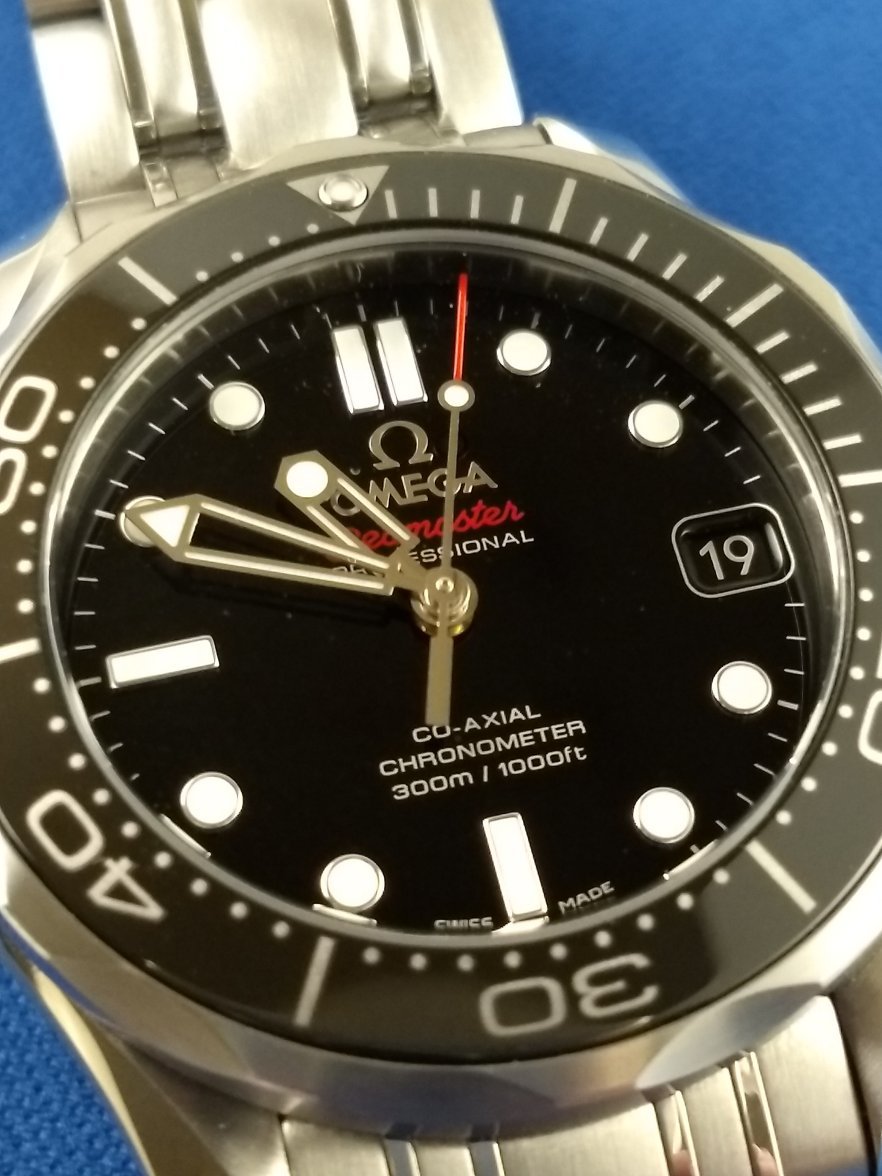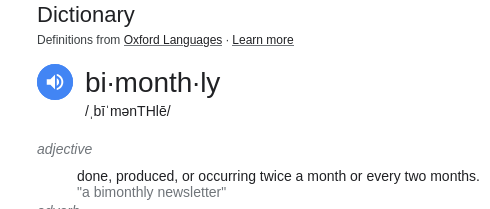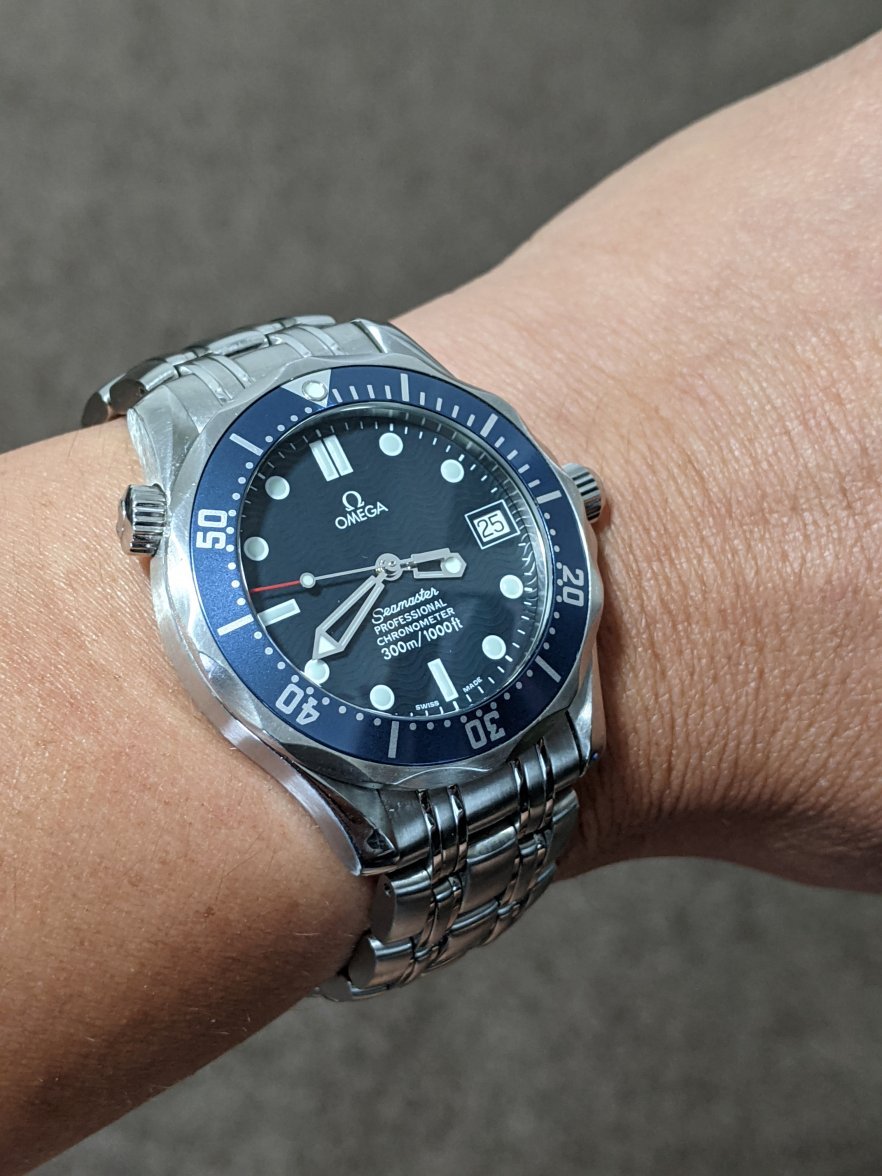- Posts
- 51
- Likes
- 86
Omega alan
·Had my Seamaster for 4/5 years now and am really enjoying it's company!
Love the Lume, the super high contrast face which is not affected by the domed crystal and the actual timekeeping is superb.
It's always gained since I've had it but it's still a totally regular 5 seconds in a fortnight, couldn't wish for better, amazing.
Alan
Love the Lume, the super high contrast face which is not affected by the domed crystal and the actual timekeeping is superb.
It's always gained since I've had it but it's still a totally regular 5 seconds in a fortnight, couldn't wish for better, amazing.
Alan




